Feel like a movie? The top 50 films of all time according to Marcio Kogan
Marcio Kogan's top 50 films of all time; the architect taps into his passion for the moving image and shares with us his recommendations
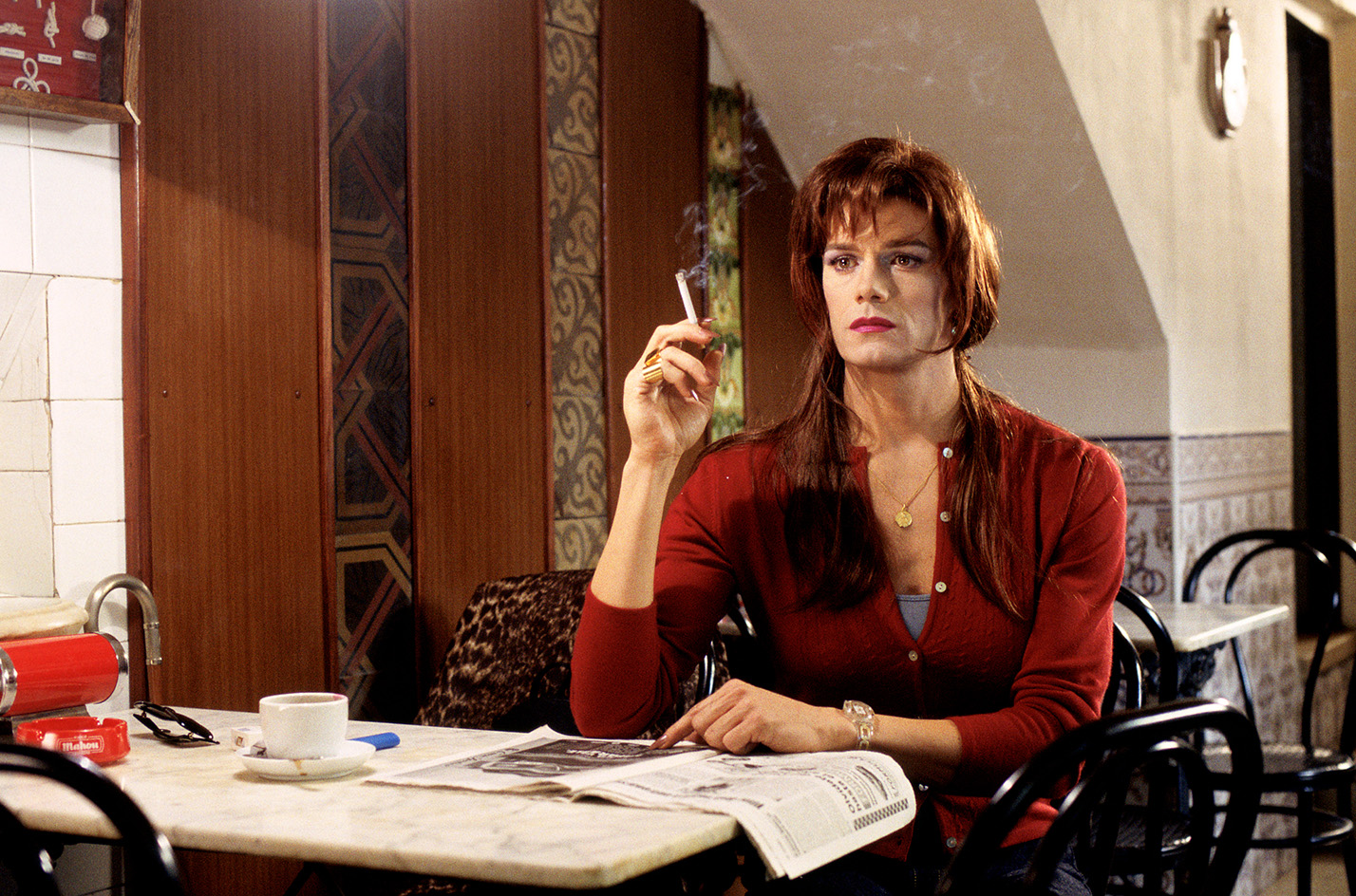
We love a good film - Marcio Kogan does too. His top 50 films of all time are available to peruse below, exploring the ever-evolving relationship between architecture and film.
The architect and founder of Studio mk27 was a Guest Editor in our October 2024 issue (out now) and has had a long and meaningful relationship with cinema - an art form which has influenced him deeply and resonates in his architecture too. Tapping into his knowledge and passion for the moving image, we asked him for his tips on what to watch. Here are his all-time favourites (in no particular order).
Marcio Kogan's top 50 films of all time
Playtime, Jacques Tati (1967)

Perhaps Kogan’s favourite film, Playtime, pokes fun at the French modernist architects that shaped much of the built environment in the 20th century. For the 1967 release, Tati constructed a modernist architecture Parisienne quarter as a movie set and shot it on 70mm film stock at great expense.
Mon Oncle, Jacques Tati (1958)
The French director’s films are among Kogan’s favourites, even though he disagrees strongly with Tati’s view that ‘geometrical lines do not produce likeable people’, the modernist Villa Arpel in Mon Oncle evoking fond memories of the house his father built for the family in São Paulo.
Le Parapluie de Cherbourg, Jacques Demi (1964)
This romantic drama of two French lovers in Cherbourg comes to the background of music by Michel Legrand; while all dialogues are sung through like in an opera or musical.
The Silence, Ingmar Bergman (1963)
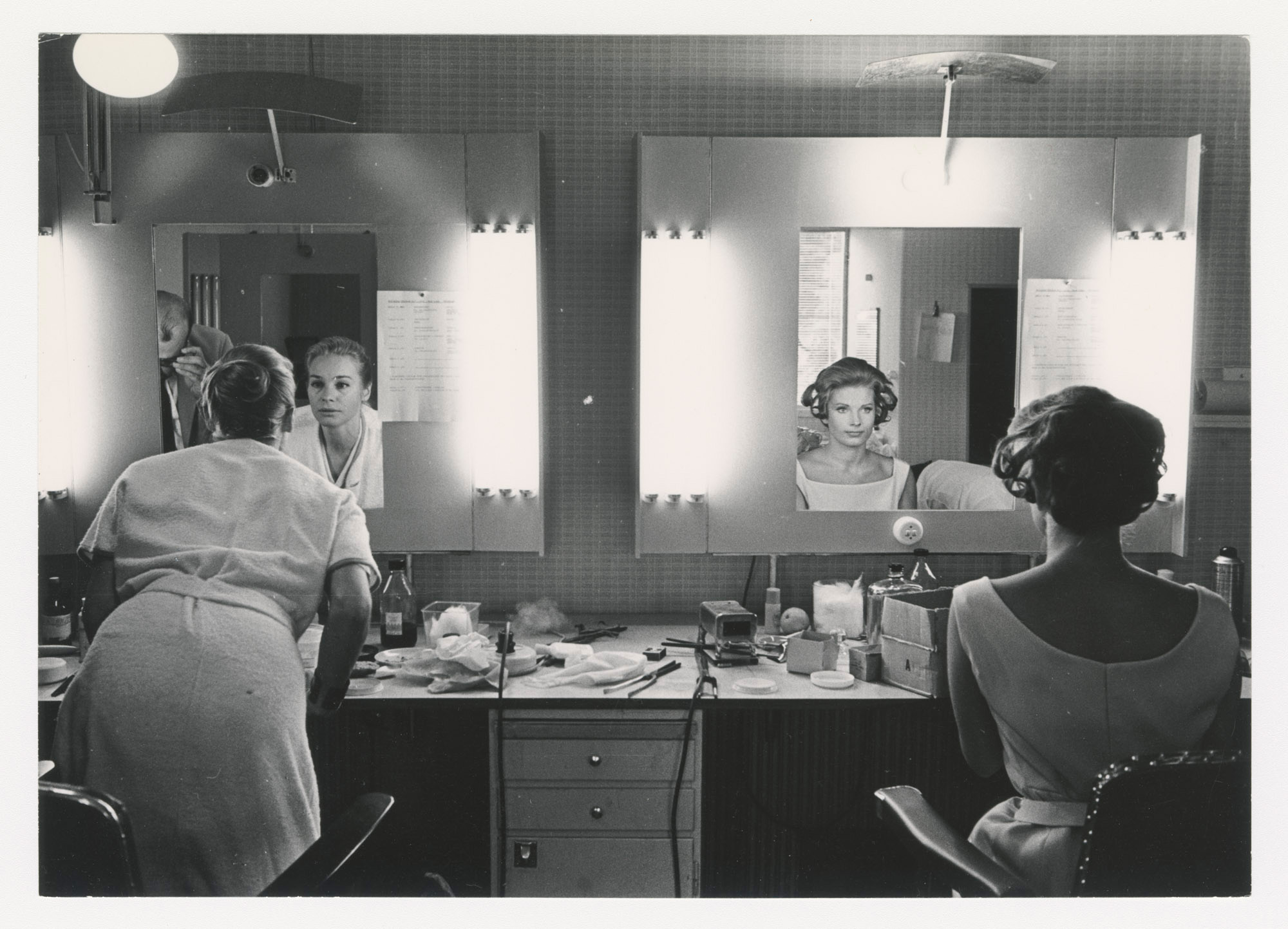
‘In the case of Bergman, it was my life at that moment,’ says the architect of his discovery of the Swedish director’s work and his immediate identification with one of the film’s main characters. ‘After I saw his movie, I belonged once again to humanity in that, for me, it gives me a sense of art, this is what I can see, that there is poetry. This is what attracts me to his films,’ says Kogan.
Persona, Ingmar Bergman (1966)
Bergman's famous psychological drama focuses on the relationship of a nurse and her patience, developing through themes of insanity and identity. Bibi Andersson and Liv Ullmann star.
Receive our daily digest of inspiration, escapism and design stories from around the world direct to your inbox.
8 ½, Federico Fellini (1963)
Marcello Mastroianni portraying a film director with a creative block, as he struggles to produce an epic is a film history book staple.
E la nave va, Federico Fellini (1983)

The film, one of Fellini's classics, follows the events aboard a luxury ocean liner, as people travel, having gathered to mourn a common friend.
Amarcord, Federico Fellini (1973)
The tale of a boy growing up in a small village in 1930s fascist Italy is semi-autobiographical of Fellini's life.
Blade Runner, Ridley Scott (1982)
A dystopian LA, synthetic humans, lots of moody neon, and some Frank Lloyd Wright architecture come together in this unmissable 20th century icon.
Le Fabuleux Destin d'Amélie Poulain, Pierre Jeunet (2001)

This romantic comedy changed our view of Paris, seen through the eyes of adorable main character, Amelie.
Rear Window, Alfred Hitchcock (1954)
Hitchcock's mystery-thrilled is considered by many as one of the director's best, exploring an incident witnessed through an open window during a heat wave.
Wings of Desire, Wim Wenders (1987)
This romantic fantasy tells the story of an angel who falls in love with a trapeze artist in Berlin - and eventually becomes human.
Un homme et une femme, Claude Lelouch (1966)
A romantic comedy drama explores the lives and relationship of two widowed spouses who meet and then bond over their memories of their deceased other halves.
The Grand Budapest Hotel, Wes Anderson (2014)
The movie that solidified Wes Anderson's image and directorial work, The Grand Budapest Hotel is a visual feast, wrote, directed and co-produced by its author.
Death in Venice, Luchino Visconti (1971)
Filmed in beautiful Venice, the movie discusses art, beauty and love, through the lens of a composer's fascination with young Tadzio.
Manhattan, Woody Allen (1979)
Allen stars as a comedy writer who navigates various relationships and eventually falls in love with his best friend's mistress.
Women on the Verge of a Nervous Breakdown, Pedro Almodovar (1988)
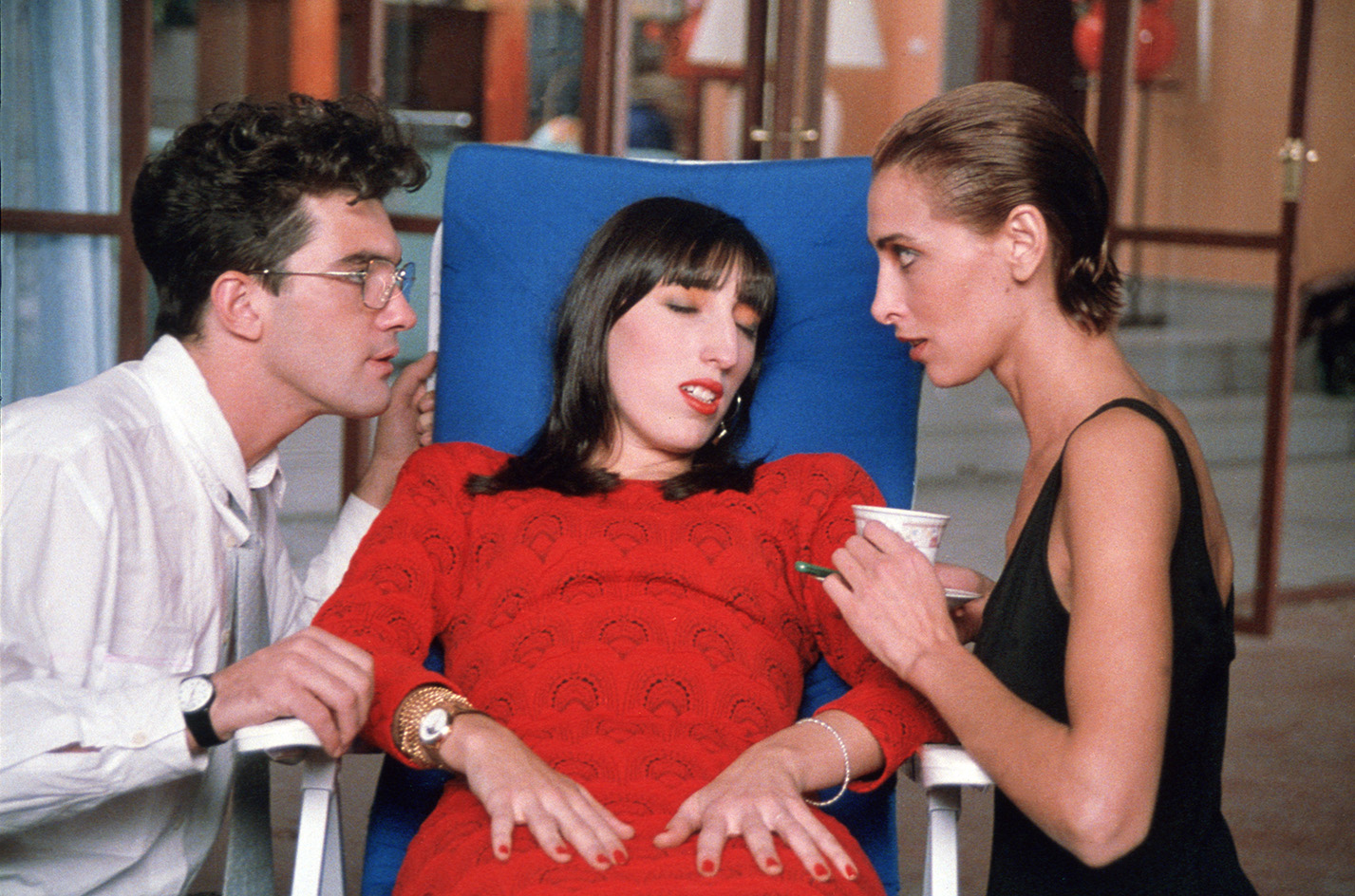
This black comedy bears all the hallmarks of an Almodovar classic, including a cast of amazing actors and actresses, eccentric characters and complex relationships.
The Discreet Charm of the Bourgeoisie, Luis Buñuel (1972)
A famously surrealist film, The Discreet Charm of the Bourgeoisie blends different scenes without much logic - but results in an all time classic.
Modern Times, Charles Chaplin (1936)
Produced, written and directed by Charlie Chaplin, Modern Times unfolds in a contemporary, at the time, factory - ultimately discussing humanity and the alienation of modern life.
A Pigeon Sat on a Branch Reflecting on Existence, Roy Andersson (2014)
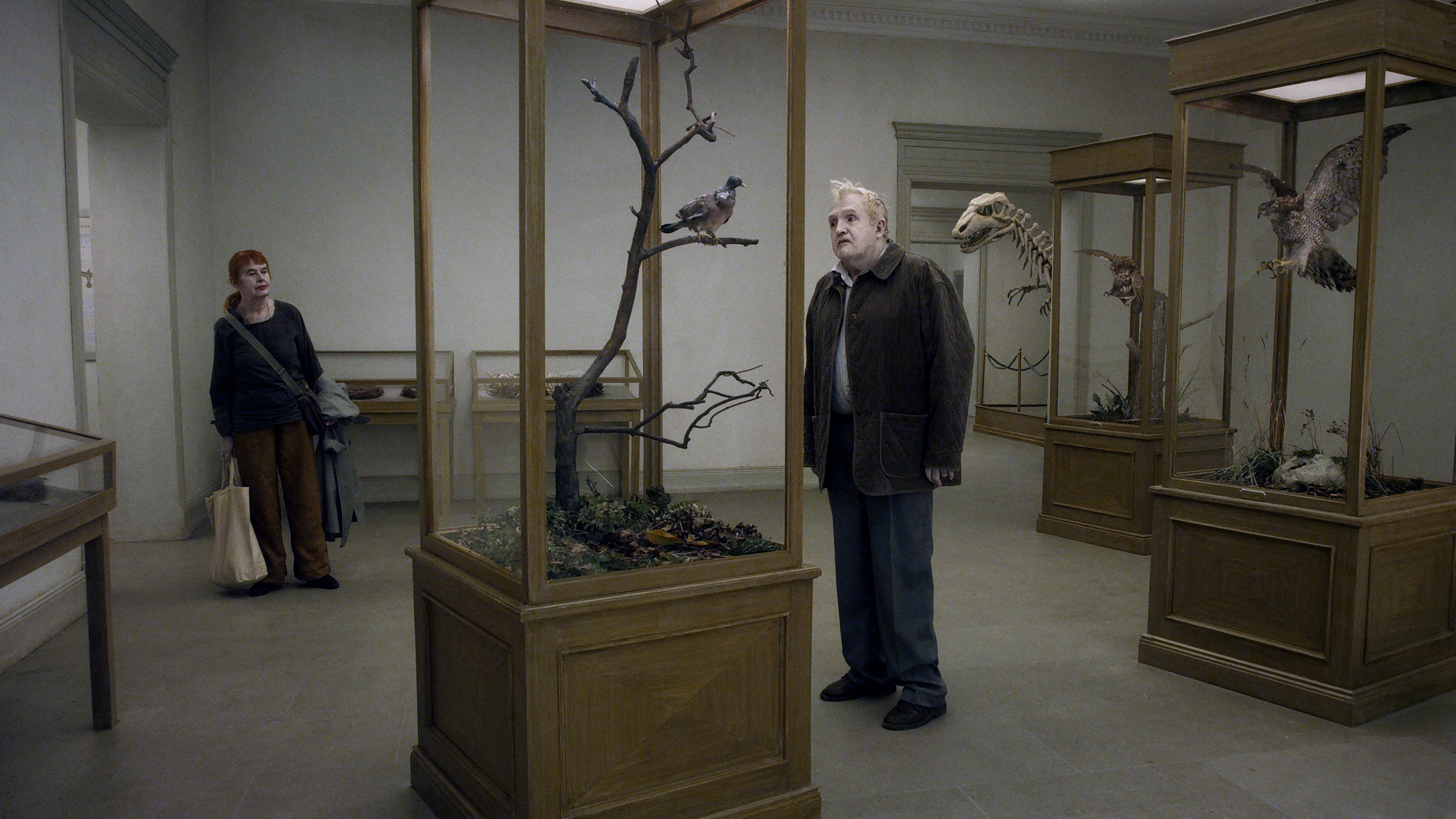
The final part of trilogy (which included Songs from the Second Floor, 2000, and You, the Living, 2007), this is a comedy-drama that unfolds as a series of beautifully curated tableau.
La Dolce Vita, Federico Fellini (1960)
This satirical comedy by Fellini gave us the famous scene of Anita Ekberg in the Fontana di Trevi.
Cléo from 5 to 7, Agnès Varda (1962)
Part of the French New Wave of the 1960s, this film follows a young singer as she awaits the results of a biopsy.
Heart of a Dog, Laurie Anderson (2015)

Heart of Dog ponders of life, death and existence, often through the eyes of Anderson's late beloved pet Lolabelle.
Empire, Andy Warhol (1964)
This famous black-and-white silent film is an art piece, showing eight hours and five minutes of footage of the same view of New York City's Empire State Building; which is fitting, as it's directed by one of the 20th century's most recognisable creatives.
Chelsea Girls, Andy Warhol (1966)
Meanwhile, another Warhol movie creation, Chelsea Girls, brought to life together with Paul Morrissey, focuses on the lives of several women in a Chelsea hotel in London.
Le Mépris, Jean-Luc Godard (1963)
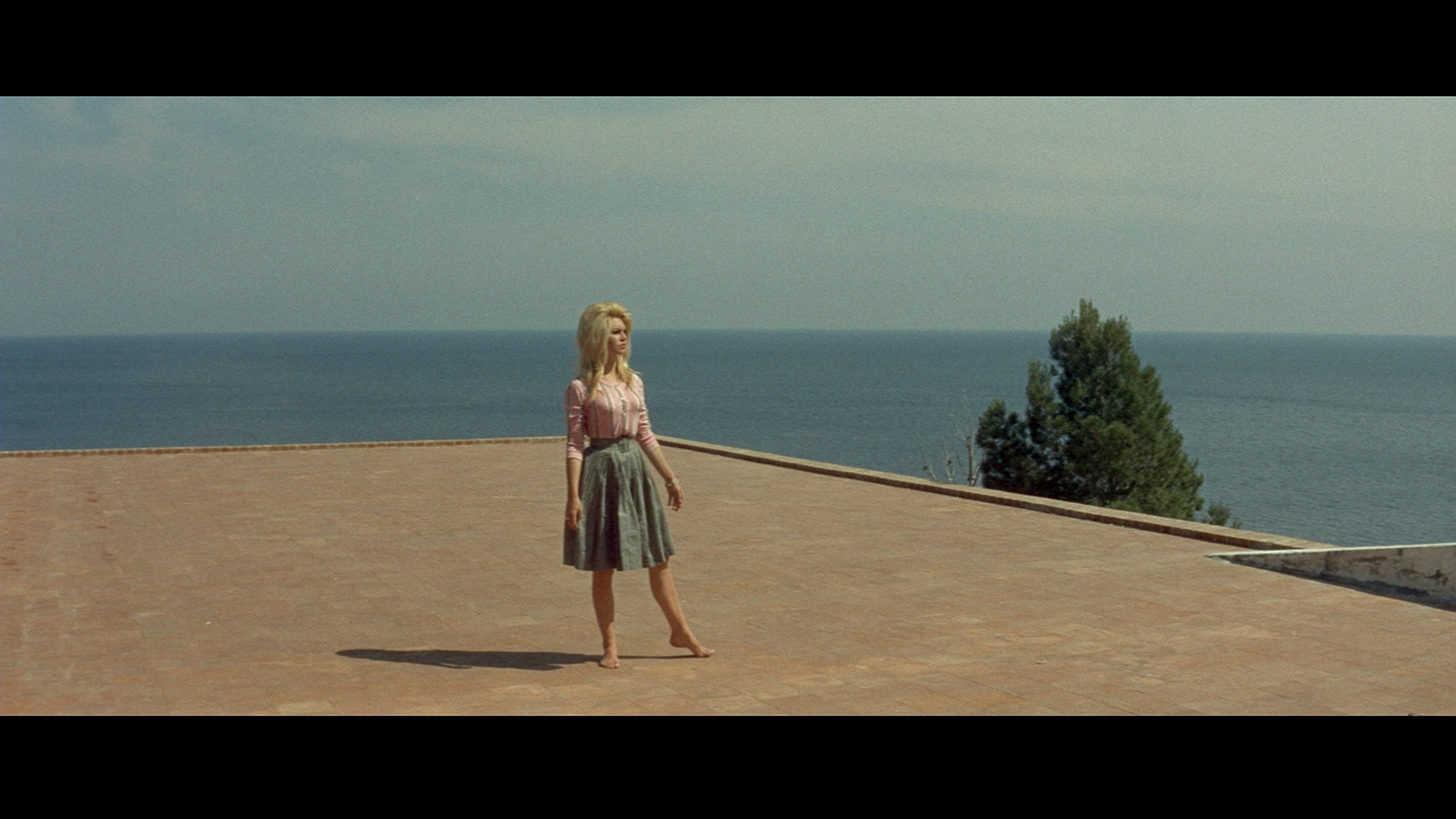
Based on Alberto Moravia’s 1954 novel II Disprezzo (A Ghost at Noon), Jean-Luc Godard’s 1963 movie, starring Jack Palance and Brigitte Bardot, is set against a remarkable Italian backdrop. A sad story of the loss of love, the film was made largely in the Capri landmark, Casa Malaparte.
Jeanne Dielman, 23, quai du commerce, 1080 Bruxelles, Chantal Akerman
Director Chantal Akerman filmed this movie over the course of five weeks in Brussels, offering viewers a peek into three days in the life of a recently widowed housewife.
A Clockwork Orange, Stanley Kubrick (1971)
A Clockwork Orange is based on the namesake novel by Anthony Burgess, and offers a deep dive into social issues of a dystopian future Britain; violent and often disturbing, it certainly created waves upon release.
2001: A space Odyssey, Stanley Kubrick (1968)

One of the science fiction world's all time classics, this Kubrik epic discusses life and existence and follows a group of astronauts' journey to explore a monolith.
Pixote, a Lei do Mais Fraco, Héctor Babenco (1980)
A touching, coming-of-age tale from Brazil, this film follows the 11-year-old Pixote.
Woman of the Dunes, Hiroshi Teshigahara (1964)
Critical acclaim and a couple of Academy Award nominations place this avant-garde Japanese New Wave movie firmly into the 'film classics' category.
Diary, David Perlov (1973-1983)
This epic film diary, an experimental Isreali production, was indeed shot over a ten year period.
The Zone of Interest, Jonathan Glazer (2024)

Auschwitz commander Rudolf Höss and his wife try to create the perfect life next to the German camp.
That Obscure Object of Desire, Luis Buñuel (1977)
Buñuel's last film, this piece depicts the passionate and violent relationship between a middle aged Frenchman and a young flamenco dancer.
Apocalypse Now, Francis Ford Coppola (1979)
A powerfully filmed war epic focusing on Vietnam, is revered for its antiwar sentiments.
La Jetée, Chris Marker (1962)
This is an experimental, science fiction film created almost entirely of still photos.
Perfect Days, Wim Wenders (2023)

Co-written by Takuma Takasaki, the movie follows a toilet cleaner, and unfolds between Germany and Japan.
The Shining, Stanley Kubrick (1980)
Architecture plays a pivotal role in this psychological horror movie that takes place in an empty hotel.
Pulp Fiction, Quentin Tarantino (1994)
Having defined the 1990s, this Tarantino movie was considered a huge success - as much for its impeccable performances, as for its musical score and soundtrack.
Magnolia, Paul Thomas Anderson (1999)
A large cast weave interrelated stories of daily life and happiness in the San Fernando Valley.
Melancholia, Lars von Trier (2011)
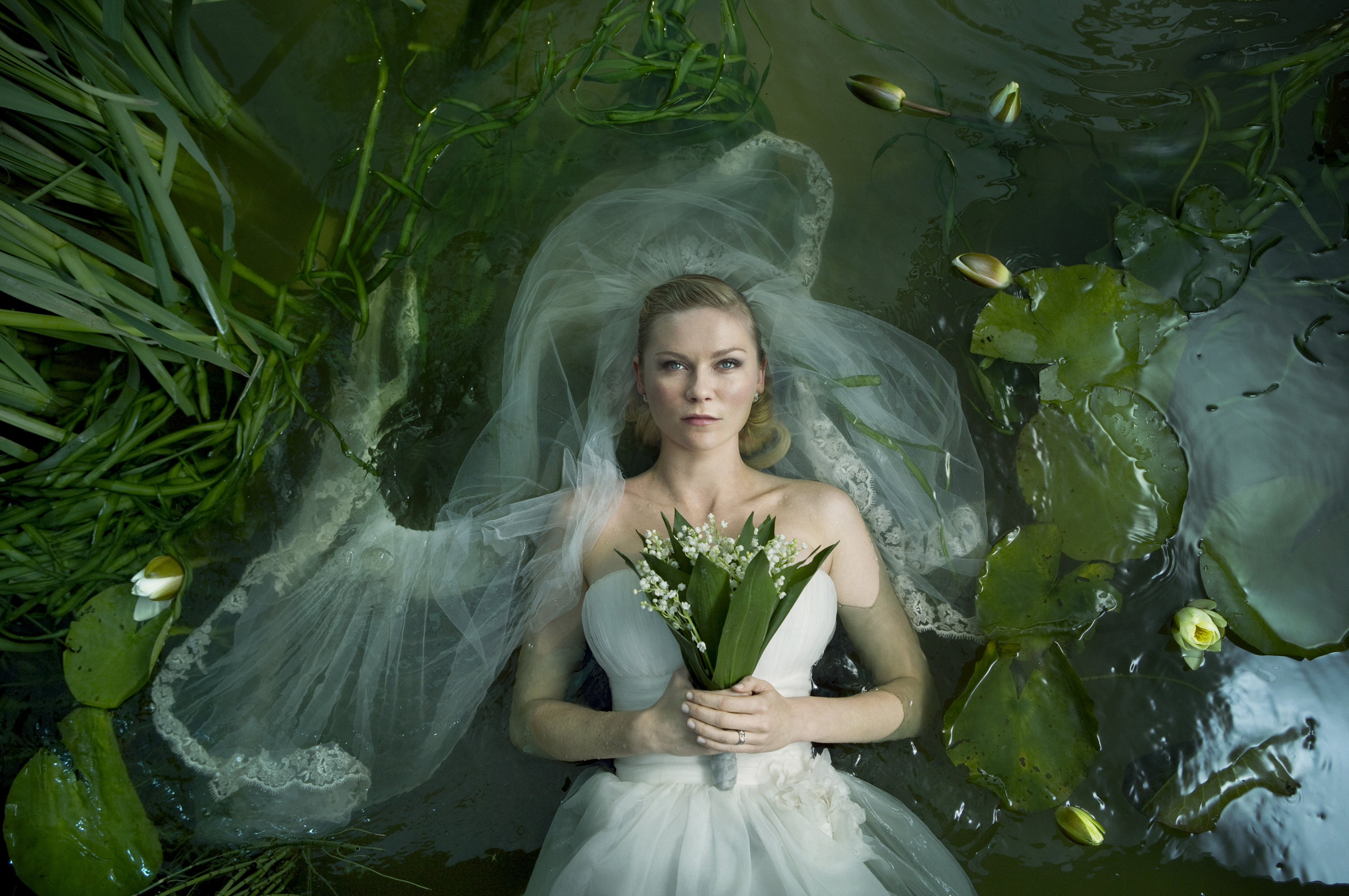
Part of Trier's The Depression trilogy (also consisting of Antichrist and Nymphomaniac), this is a movie about sadness and the existential realisation of death.
Blow-Up, Michelangelo Antonioni (1966)
Looking at London's mod subculture through the lens of a mystery thriller - crafting the famous scene where photographer Thomas shoots model Veruschka in his studio.
Limite, Mário Peixoto (1931)
An early Brazilian silent film and phycological drama, Limite was created in the 1930s - and is considered by many the first feature length experimental movie.
All about my mother, Pedro Almodovar (1999)
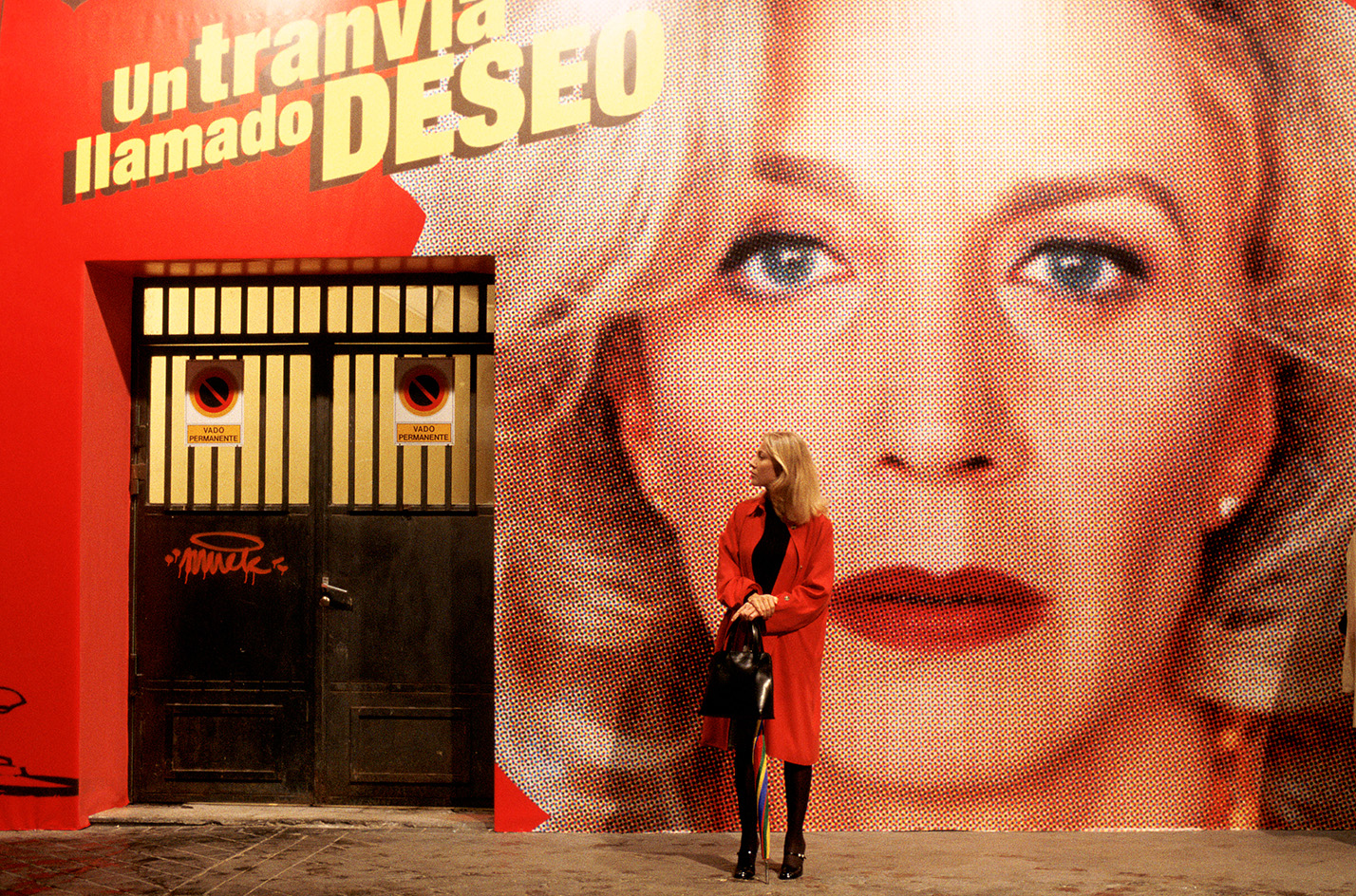
Single mother Manuela works as a nurse - when her son is killed, she begins a journey that allows the movie to discuss themes of AIDS, gender identity, homosexuality and more.
Annie Hall, Woody Allen (1977)
Annie Hall features Allen's signature satirical style and won four Academy Awards, making it one of his most acclaimed comedies.
Paris, Texas, Wim Wenders (1984)
Powerful themes and impeccable cinematography make this indie classic a true timeless piece of movie history.
It Must be Heaven, Elia Suleiman (2019)

This movie's hero escapes Palestine to find a new home, only to discover that wherever he goes, something reminds his of his former homeland.
Ascenseur pour L’échafaud, Luis Malle (1958)
Jeanne Moreau and Maurice Ronet star as two plotting lovers whose plans start to unravel as they get stuck in an elevator.
Wild Strawberries, Ingmar Bergman (1957)
Bergman's philosophical themes on human existence play a key role in this movie, examined as hero Doctor Borg embarks on a long car ride in Sweden.
Roma, Federico Fellini (1972)
A semi-autobiographical piece, this is an homage to Fellini's youth and the Eternal City.
Ellie Stathaki is the Architecture & Environment Director at Wallpaper*. She trained as an architect at the Aristotle University of Thessaloniki in Greece and studied architectural history at the Bartlett in London. Now an established journalist, she has been a member of the Wallpaper* team since 2006, visiting buildings across the globe and interviewing leading architects such as Tadao Ando and Rem Koolhaas. Ellie has also taken part in judging panels, moderated events, curated shows and contributed in books, such as The Contemporary House (Thames & Hudson, 2018), Glenn Sestig Architecture Diary (2020) and House London (2022).
-
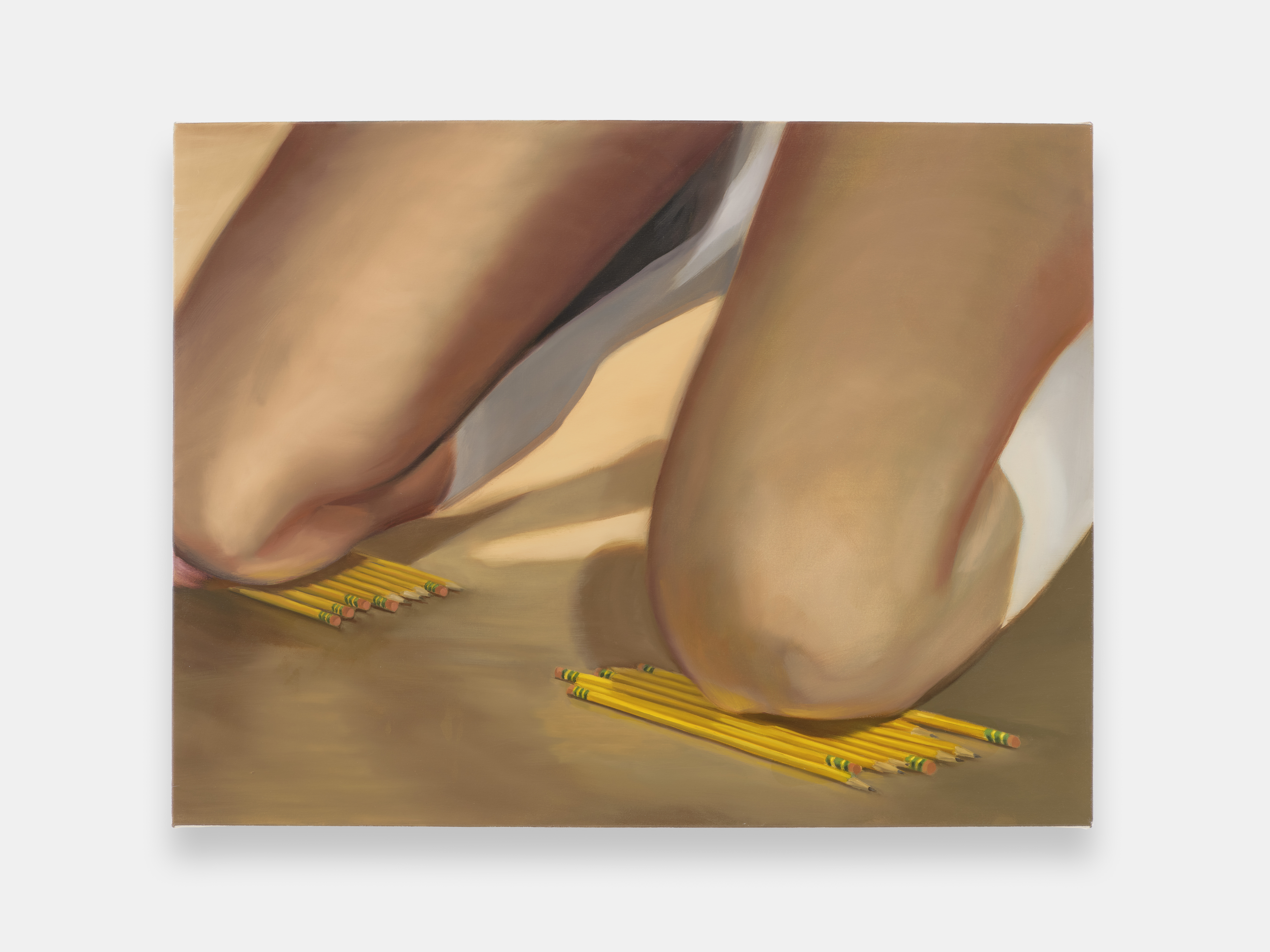 ‘I want to bring anxiety to the surface': Shannon Cartier Lucy on her unsettling works
‘I want to bring anxiety to the surface': Shannon Cartier Lucy on her unsettling worksIn an exhibition at Soft Opening, London, Shannon Cartier Lucy revisits childhood memories
-
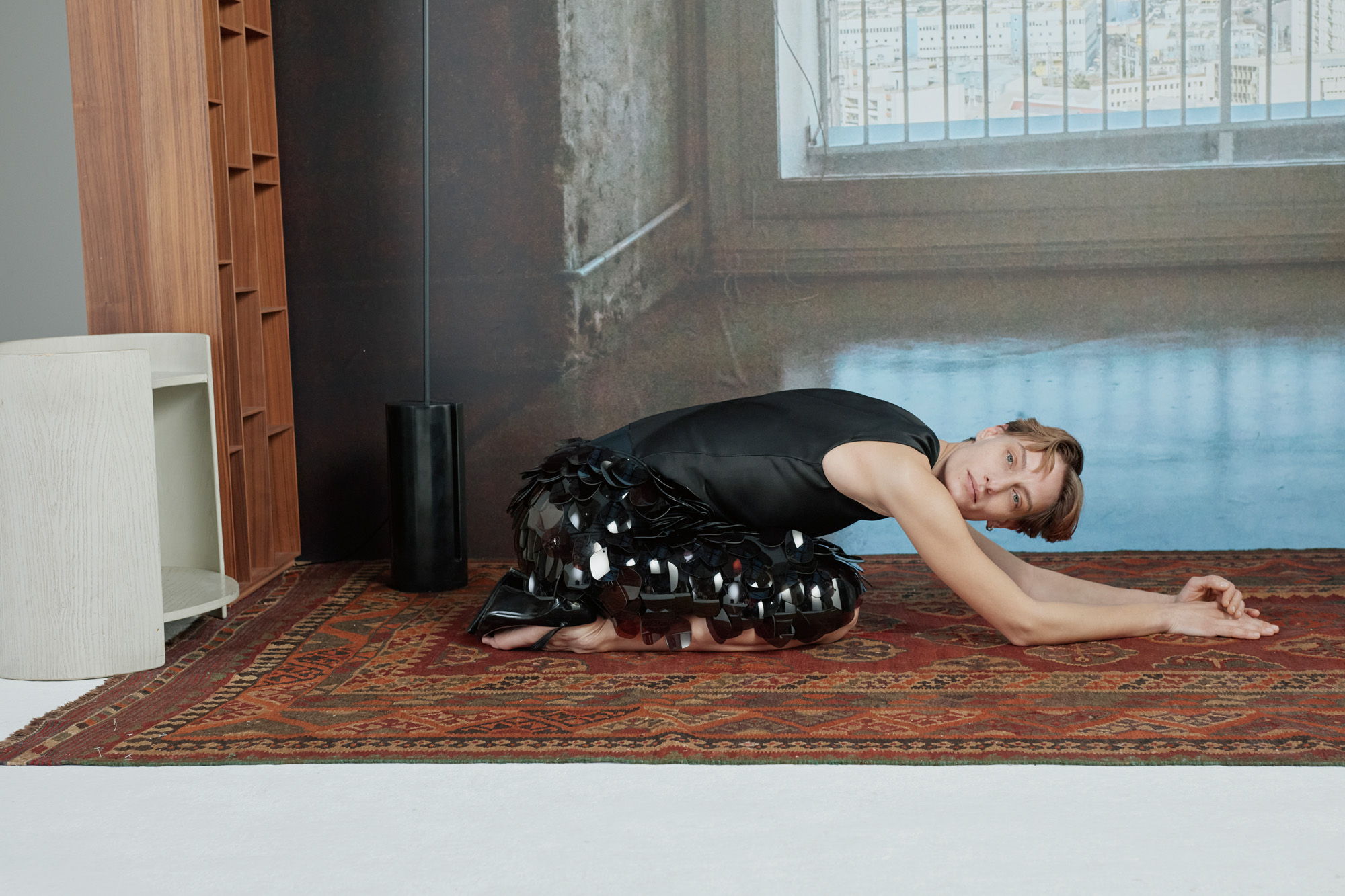 What one writer learnt in 2025 through exploring the ‘intimate, familiar’ wardrobes of ten friends
What one writer learnt in 2025 through exploring the ‘intimate, familiar’ wardrobes of ten friendsInspired by artist Sophie Calle, Colleen Kelsey’s ‘Wearing It Out’ sees the writer ask ten friends to tell the stories behind their most precious garments – from a wedding dress ordered on a whim to a pair of Prada Mary Janes
-
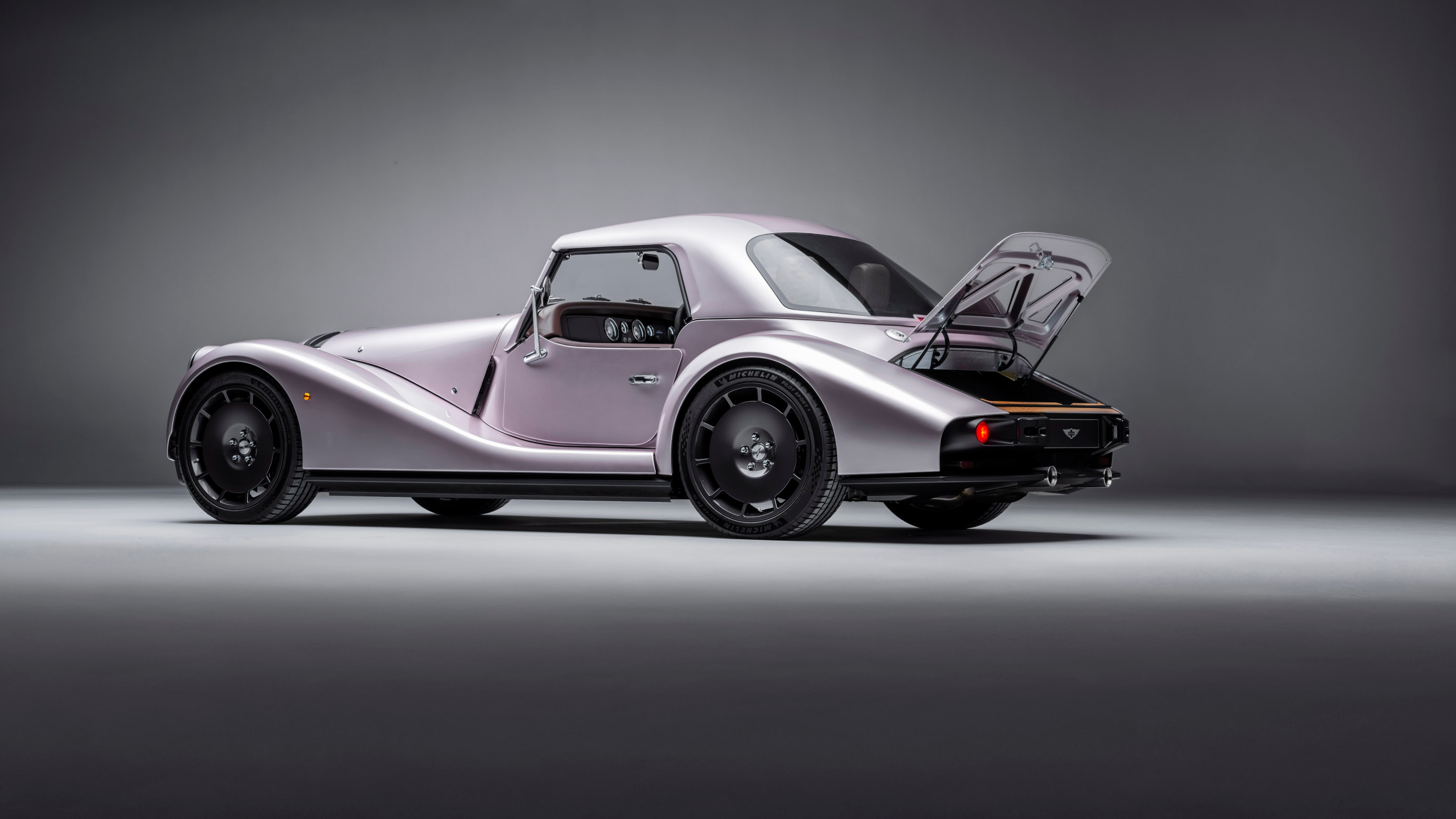 Year in review: 2025’s top ten cars chosen by transport editor Jonathan Bell
Year in review: 2025’s top ten cars chosen by transport editor Jonathan BellWhat were our chosen conveyances in 2025? These ten cars impressed, either through their look and feel, style, sophistication or all-round practicality
-
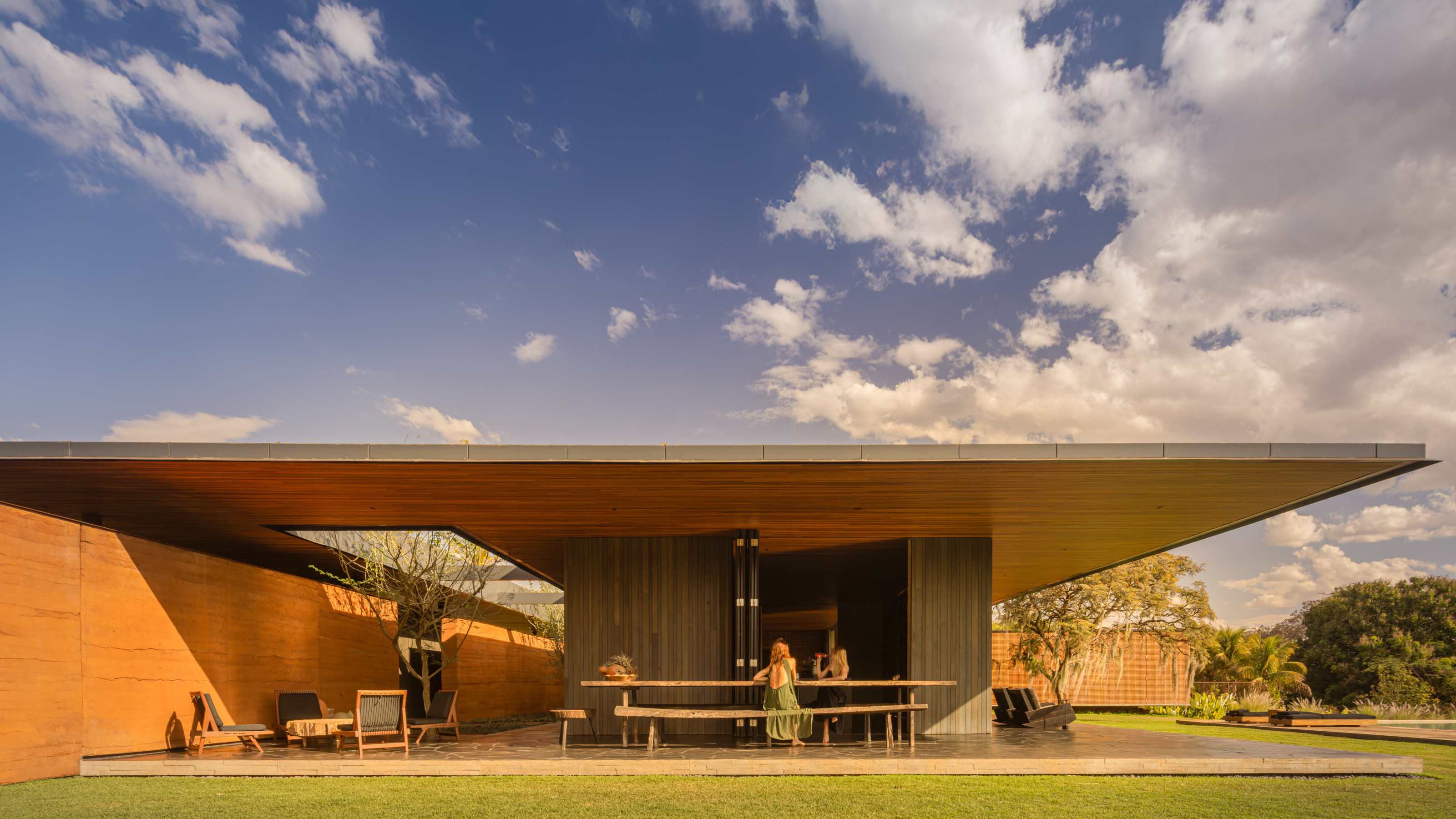 A spectacular new Brazilian house in Triângulo Mineiro revels in the luxury of space
A spectacular new Brazilian house in Triângulo Mineiro revels in the luxury of spaceCasa Muxarabi takes its name from the lattice walls that create ever-changing patterns of light across its generously scaled interiors
-
 An exclusive look at Francis Kéré’s new library in Rio de Janeiro, the architect’s first project in South America
An exclusive look at Francis Kéré’s new library in Rio de Janeiro, the architect’s first project in South AmericaBiblioteca dos Saberes (The House of Wisdom) by Kéré Architecture is inspired by the 'tree of knowledge', and acts as a meeting point for different communities
-
 A Brasília apartment harnesses the power of optical illusion
A Brasília apartment harnesses the power of optical illusionCoDa Arquitetura’s Moiré apartment in the Brazilian capital uses smart materials to create visual contrast and an artful welcome
-
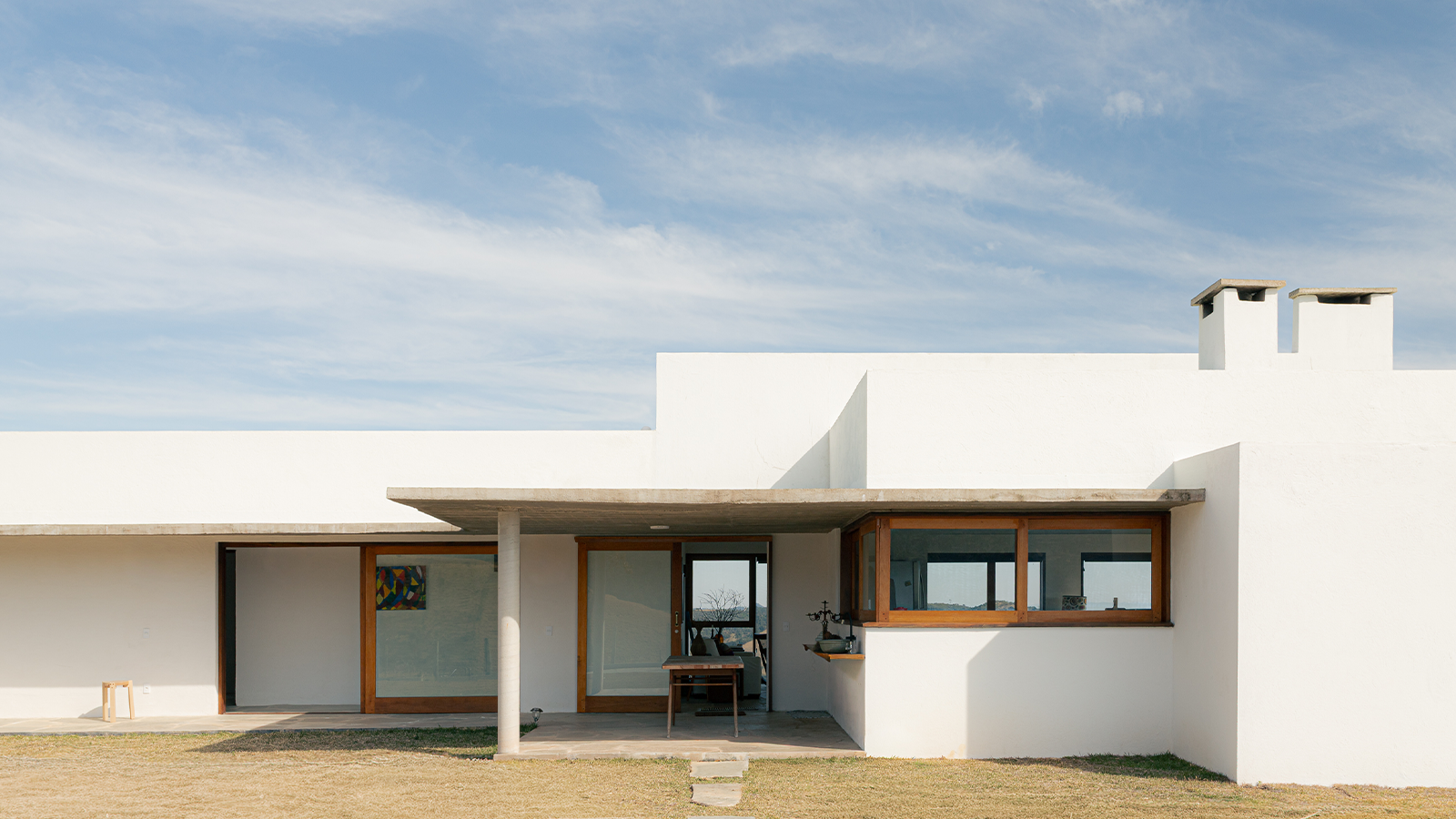 Inspired by farmhouses, a Cunha residence unites cosy charm with contemporary Brazilian living
Inspired by farmhouses, a Cunha residence unites cosy charm with contemporary Brazilian livingWhen designing this home in Cunha, upstate São Paulo, architect Roberto Brotero wanted the structure to become 'part of the mountains, without disappearing into them'
-
 Arts institution Pivô breathes new life into neglected Lina Bo Bardi building in Bahia
Arts institution Pivô breathes new life into neglected Lina Bo Bardi building in BahiaNon-profit cultural institution Pivô is reactivating a Lina Bo Bardi landmark in Salvador da Bahia in a bid to foster artistic dialogue and community engagement
-
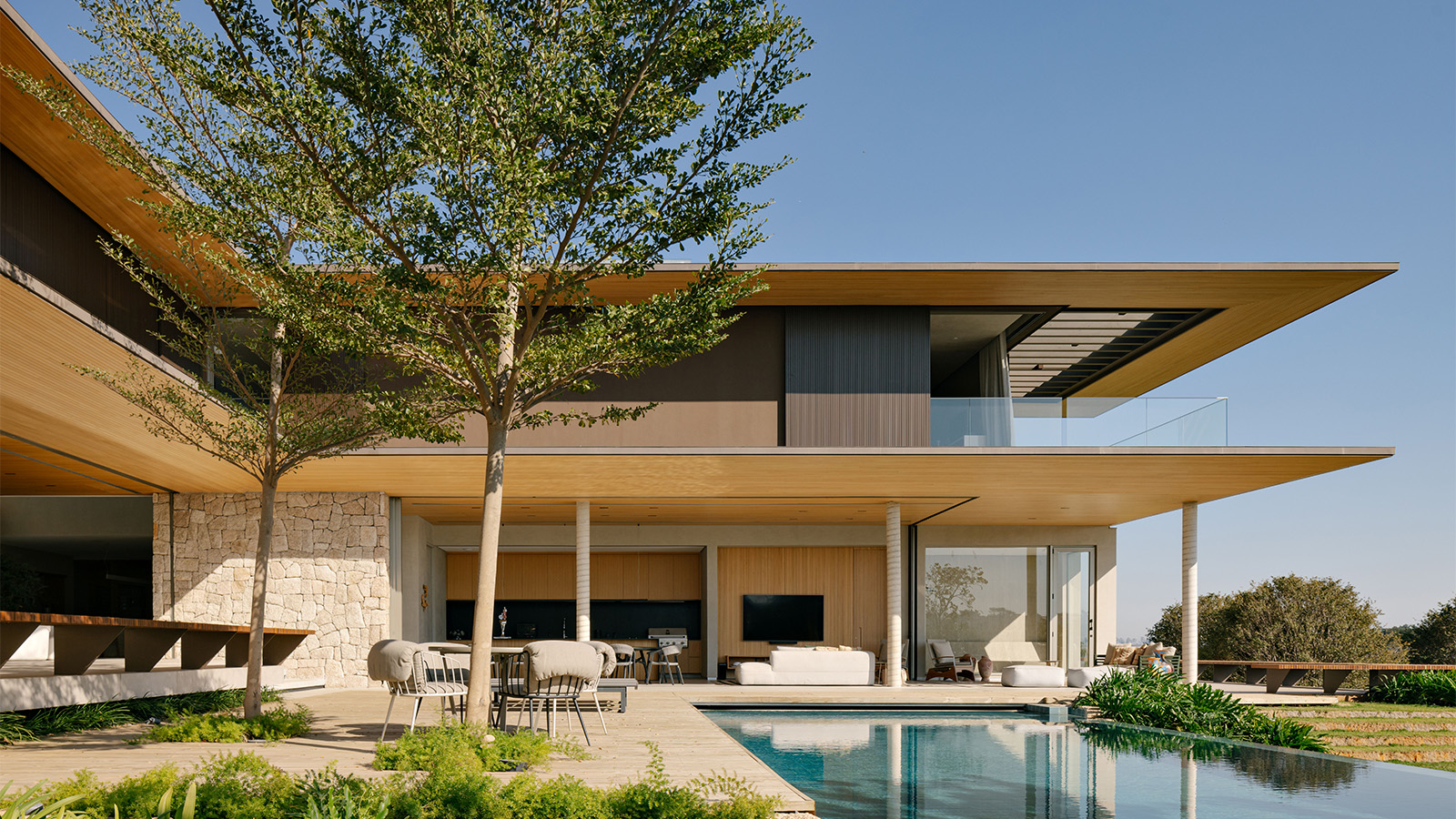 Tropical gardens envelop this contemporary Brazilian home in São Paulo state
Tropical gardens envelop this contemporary Brazilian home in São Paulo stateIn the suburbs of Itupeva, Serena House by architects Padovani acts as a countryside refuge from the rush of city living
-
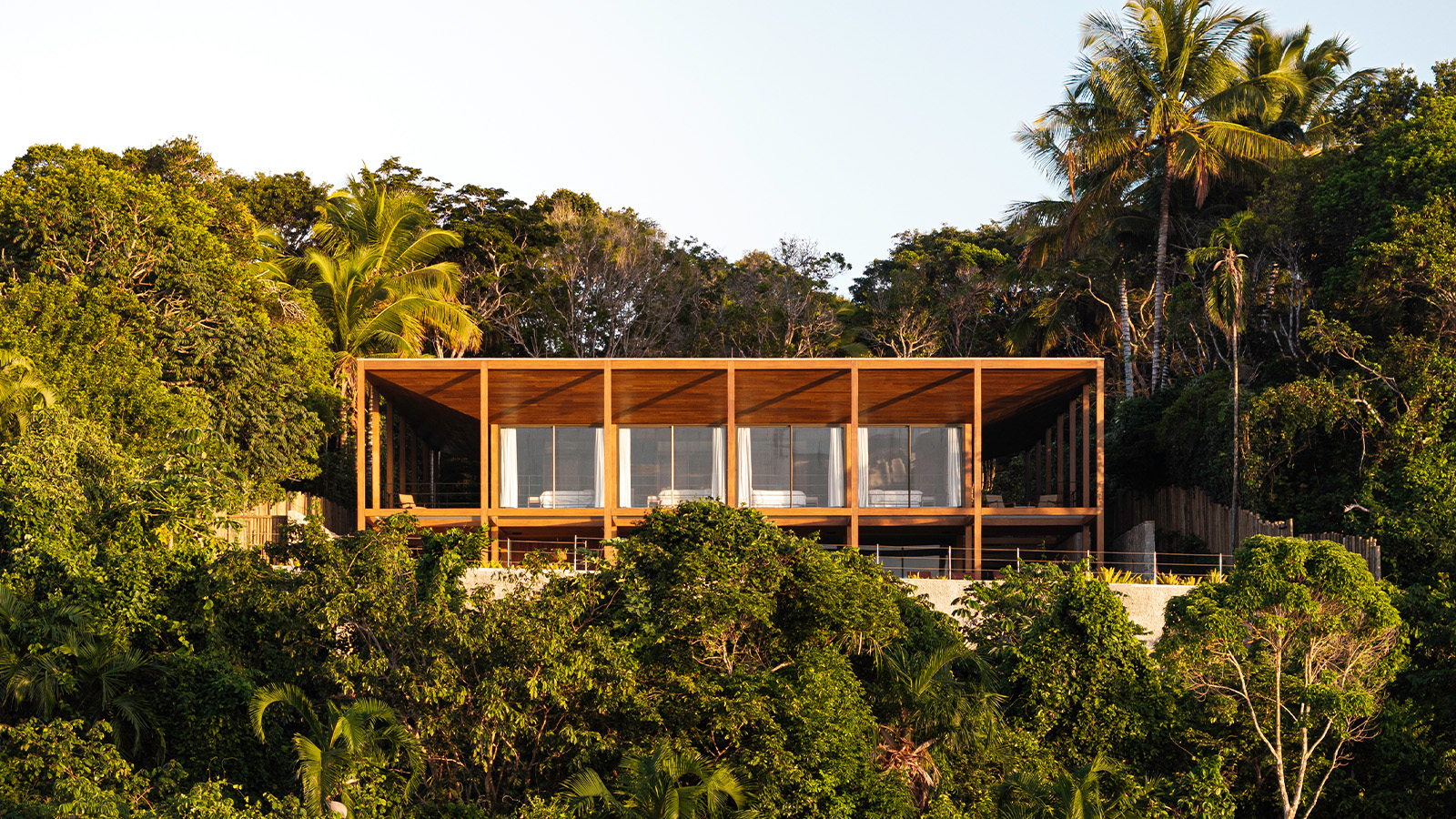 Itapororoca House blends seamlessly with Brazil’s lush coastal landscape
Itapororoca House blends seamlessly with Brazil’s lush coastal landscapeDesigned by Bloco Arquitetos, Itapororoca House is a treetop residence in Bahia, Brazil, offering a large wrap-around veranda to invite nature in
-
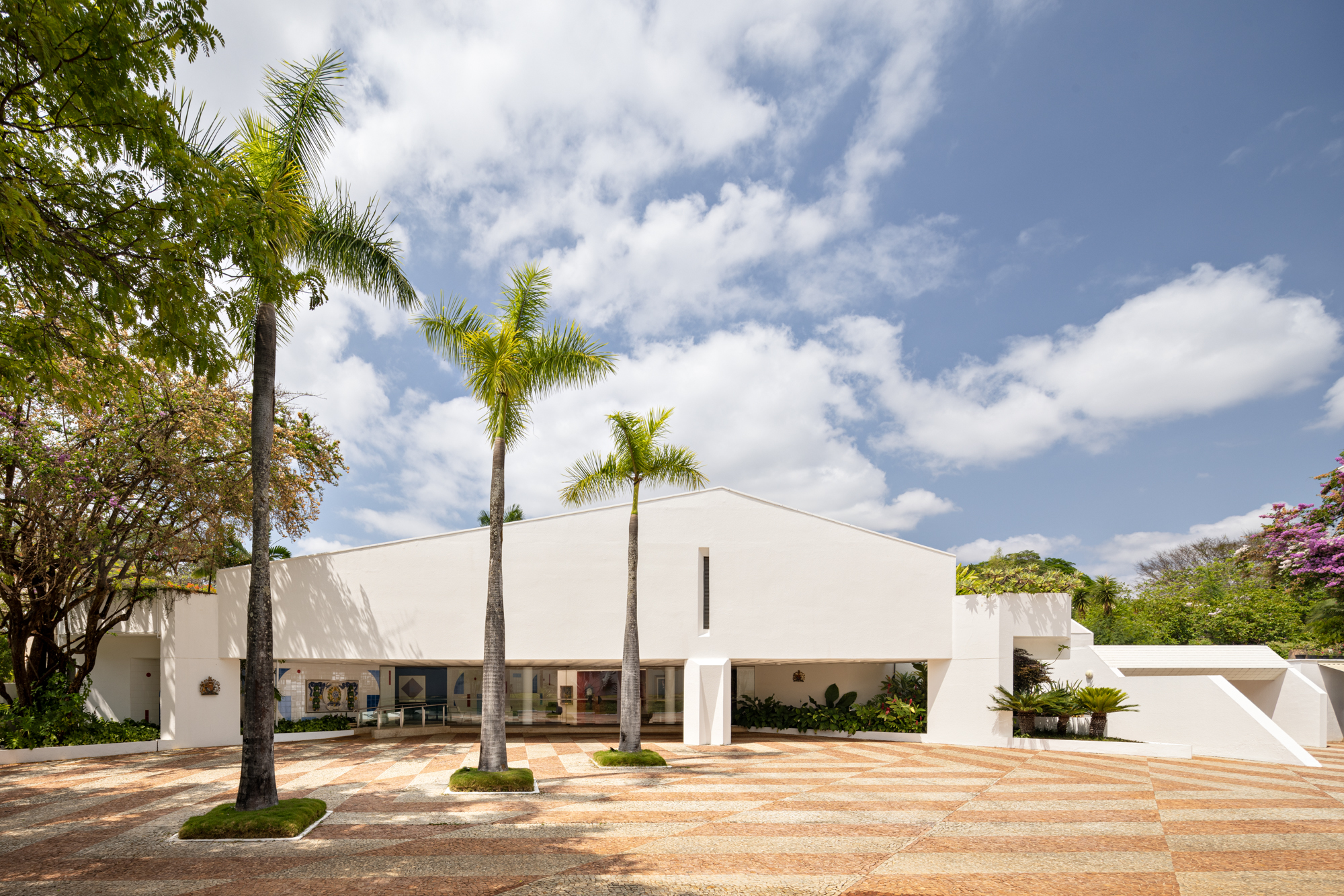 A postmodernist home reborn: we tour the British embassy in Brazil
A postmodernist home reborn: we tour the British embassy in BrazilWe tour the British Embassy in Brazil after its thorough renovation by Hersen Mendes Arquitetura, which breathes new life into a postmodernist structure within the country's famous modernist capital